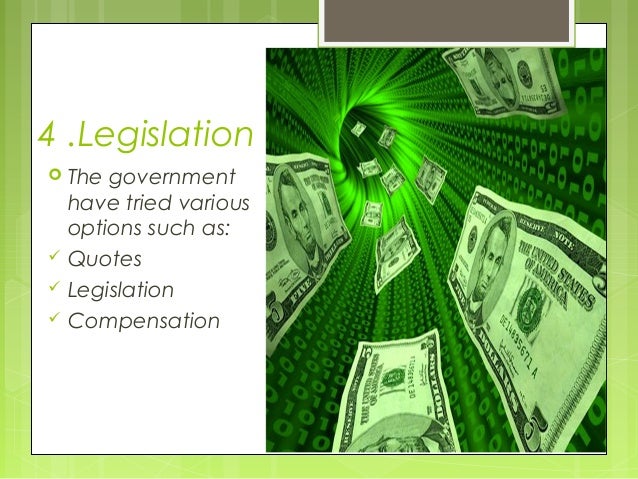


It appeared as if the global system had accumulated imbalances, the resolution of which turned out to be infeasible in the old framework. However, as soon as the reality of unipolar world seemed to be within reach, the Great Recession shook its foundation. Other observations stretching back to the Great Recession of 2007 to 2009 were added as well and their composite has pointed to a different underlying frame of the so-called ‘open societies.’ Recall that such societies became the model that all countries worldwide were expected to follow since 1992, when Francis Fukuyama famously proclaimed, “the end of history.” And it seemed, for a while, that the world was smoothly converging towards a single global market with the US-led institutions managing its functions. In 2020, when the COVID-19 pandemic became a reality, a number of strange social phenomena - the revealed political impotency of executive bodies in dealing with an unpredictable emergency the excessive power of the central banks the abnormally unified message emanating from mass media, coupled with their attempts to stifle dissenting views (see “ An Invisible Global Revolution“ ) - went contrary to the mainstream assumptions of how a modern liberal democracy results in the emergence of a free and efficient society. Thus, could it be that the interests of Western globalists were more long-term and thus evasive in their detection? Or was it another miscalculation after Russia had miscalculated its lightning raid into Ukraine? While the interests of Russian nationalists were always straightforward - to re-establish a sphere of Russian dominance, hidden contradictions appeared to emerge among forces operating in the West that necessitate taking a closer look at how the West is governed.Īpparently, that ‘brute force’ recognized some stumbling stones on its way to ‘global glory’ within the context of the existing ‘rules-based order’ established by liberal democracies of the West. However, the response turned out to be unusual - to fuel an armed conflict in Europe - and its cost-benefit analysis does not show any clear gains that the West can obtain in the short-to medium term, unless it was based on the erroneous assumption of a quick Russian collapse. In one corner, the collective West led by the globalists prepared its response and, in the other - Russia governed by nationalists stood ready. In one of my previous papers ( The Empire Strikes Back), the conflict was described as a competition for power between globalists and nationalists. This conclusion prompts the investigation of this mysterious force, whose interests required fuelling a war, and its identification will help to shed light on how the current conflict may be terminated. It was previously unidentifiable using then publicly available information, but now its presence is a certainty that needs to be described. With the benefit of hindsight and hints subsequently dropped by Western political retirees, that hidden force was detected to be emanating from the West, most likely from the US. Apparently, another decisive force was not accounted for in that policy analysis. History has proven that was not the case. In February 2022, many policy analysts, including this author, expected that the saber-rattling on both sides of the Russia-West geopolitical divide was simply a means to strengthen the bargaining position of both parties in the imminent forthcoming negotiations.


 0 kommentar(er)
0 kommentar(er)
